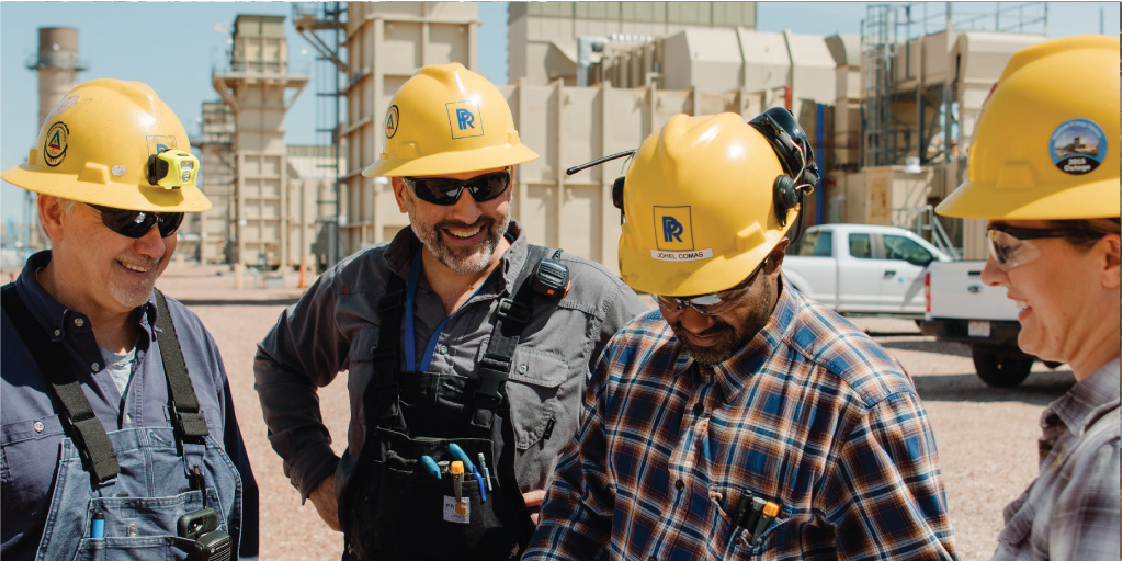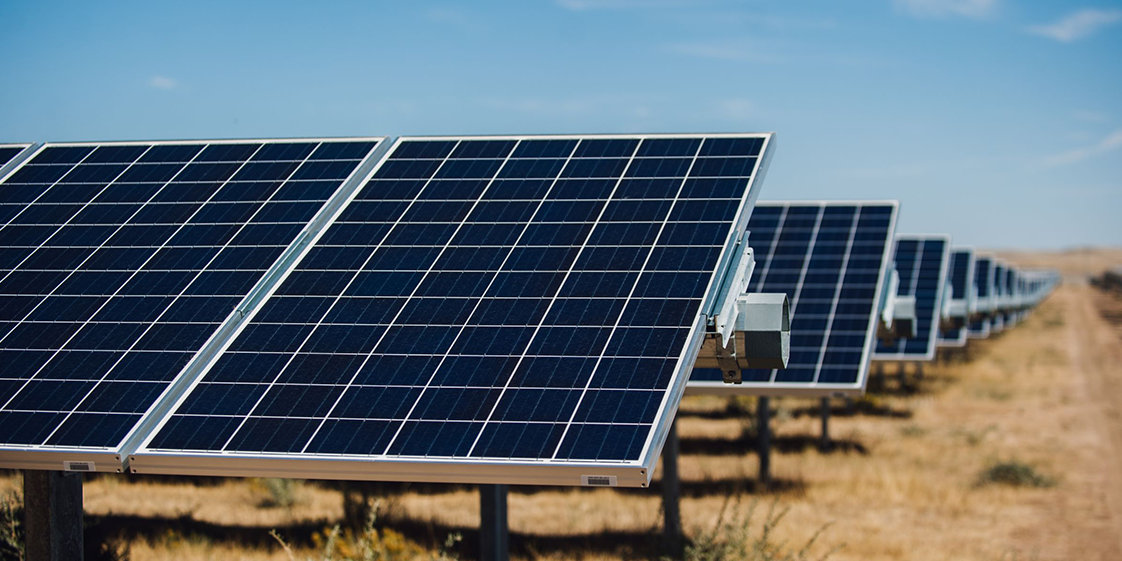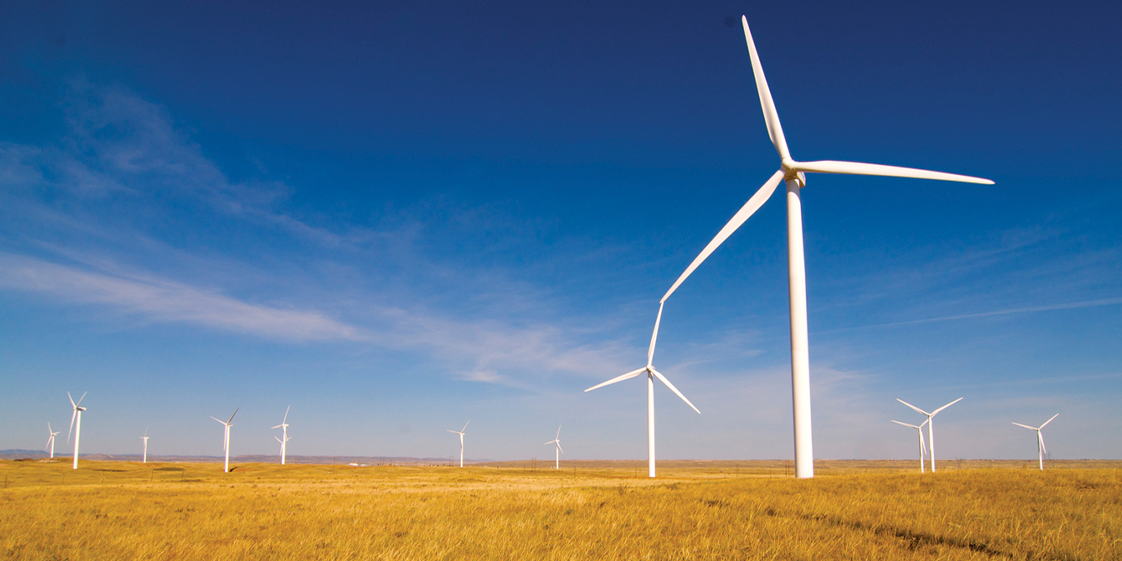
How dispatchable resources
enable the clean energy transition
READ MORE
Since 1973, Platte River Power Authority has served the growing energy needs of families and businesses in Estes Park, Fort Collins, Longmont and Loveland.

How Platte River Power Authority
is accelerating its energy transition
READ MORE
Platte River Power Authority, the community-owned wholesale electricity provider for Northern Colorado, has a history of bold initiatives.

Platte River’s path to a
clean, reliable energy future
READ MORE
Platte River Power Authority is the community-owned wholesale electricity provider for Estes Park, Fort Collins, Longmont and Loveland.
Platte River Power Authority and your local utility
Platte River Power Authority is a not-for-profit public power utility that generates reliable, financially sustainable and environmentally responsible electricity for our owner communities of Estes Park, Fort Collins, Longmont and Loveland. You might not have heard of us, but we’ve partnered with electric utilities in our four communities to provide you with dependable power since 1973.



Planning for our energy future
Going forward, we’ve set an aggressive goal to pursue a 100% noncarbon energy mix. We’ll accomplish this by investing in wind, solar and new technologies, retiring coal resources, and in the immediate future, bringing up to an additional 400 MW of solar power online by 2025. We’ve also developed a distributed energy resource (DER) strategy, with help from our owner communities and their customers. But there’s still more work to do before we can reach our goals. Learn about the future of your energy by reading our Strategic Plan and Integrated Resource Plan.

100%
noncarbon energy mix



See how we are giving you the power
Take control of your electricity use with Efficiency Works. Learn how to make your home or business more energy efficient, find available rebates and locate service providers to complete upgrades. Visit EfficiencyWorks.org for more information, or check the latest news on our website. Interested in what sources make up our current energy production mix? View real-time generation data.
What it takes to get to 100% noncarbon energy
Platte River’s resource planners work with industry and technical experts to accelerate renewable integration while maintaining the three core pillars of the organization: reliability, financial sustainability and environmental responsibility. The transition to a noncarbon energy future introduces both technical and economic challenges. Learn more about the challenges to achieving a 100% noncarbon resource mix from the American Public Power Association here.



What's with
the bison logo?
We’re glad you asked. The bison in our logo is a reminder that responsibly operated generation facilities like ours can coexist peacefully with wildlife when proper care is taken. We’ve deemed them our environmental ambassadors. Today, two herds of American bison reside at our Rawhide Energy Station, where they’re taken care of by our staff.
TOP